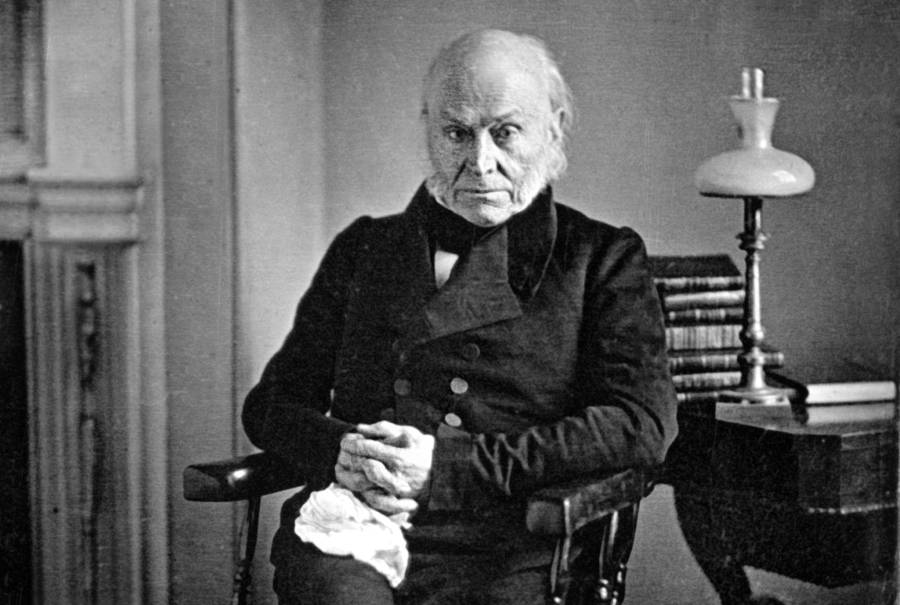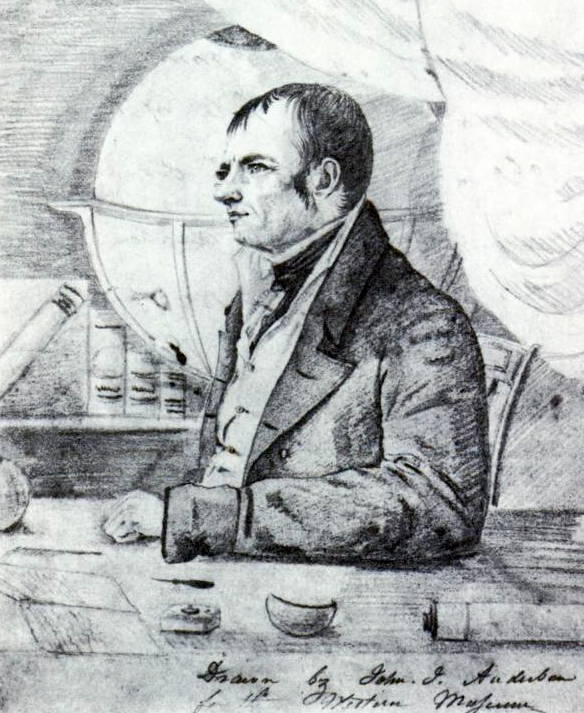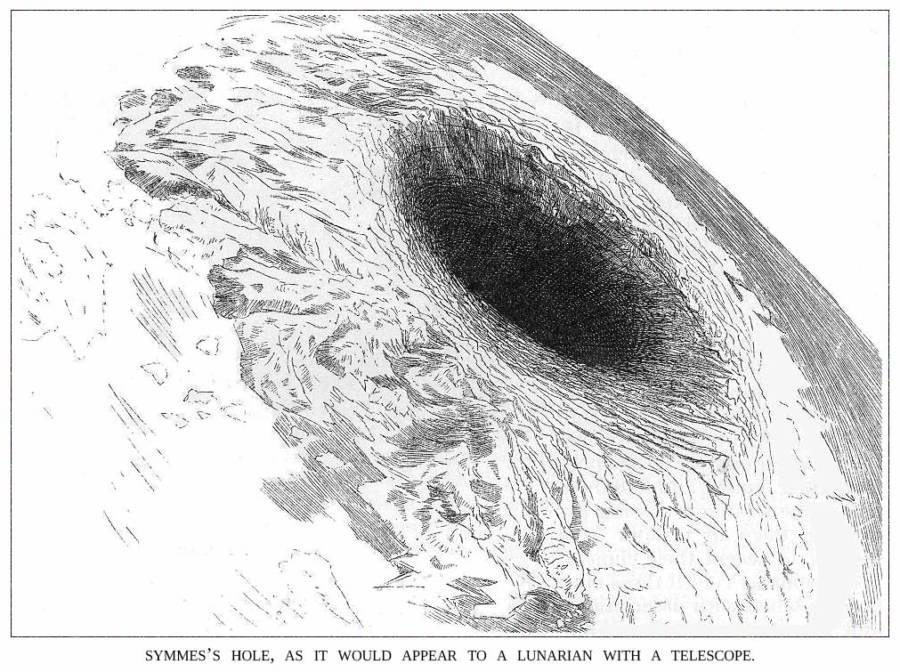As out-there as the Hollow Earth theory may have been, it had at least one U.S. president among its supporters.

Wikimedia CommonsAn illustration from John Symmes’ “Theory of Concentric Spheres: Demonstrating That the Earth is Hollow, Habitable Within, and Widely Open About the Poles…”
John Quincy Adams, America’s sixth president and the son of its second (John Adams), grew up with every educational opportunity and took full advantage of all of them.
He was educated by private tutors, traveled the world at his father’s side as a boy, read and wrote voraciously, graduated from Harvard where he earned several degrees with honors and honed his fluency in many languages, opened a successful law practice, taught at an Ivy League university, and finally rose to the top of American government with his presidential election in 1824.
And, as president, he approved a mission to send explorers to the center of the Earth.

Wikimedia CommonsJohn Quincy Adams
The expedition, never carried out of course, arose out of a theory that our planet was actually hollow and that there might be entire worlds, populated with flora and fauna, below the surface. That theory crossed John Quincy Adams’ desk thanks to an Army officer with political connections named John Cleves Symmes, Jr.
Starting in 1818, Symmes had been re-popularizing the hoary notion that the Earth was hollow. What Symmes brought to the age-old Hollow Earth theory was the contention that there were openings thousands of miles wide at the Earth’s poles through which one could venture inside our planet.

Wikimedia CommonsJohn Cleves Symmes, Jr.
Symmes offered this idea in a number of published papers and via his lecture tours around the country, then finally sought to put together an expedition that would prove him right once and for all.
So, in the early 1820s, Symmes and some followers and associates lobbied Congress, Smithsonian writes, time and again to fund their mission below the Earth’s crust. Congress, however, wouldn’t give them what they wanted.
President John Quincy Adams, on the other hand, approved Symmes’ mission. But by the time it began to materialize, Andrew Jackson was now president and the expedition was shot down.
Its proponents, however, kept trying and one man, Jeremiah Reynolds, successfully lobbied Congress for funding in 1936. By then, Reynolds and company had either shifted their beliefs, or at least pretended to, by pitching the South Pole-bound mission not as a Hollow Earth theory crusade but one focused on trade, whaling, and nationalistic pride.
That mission, of course, never uncovered any evidence to support the Hollow Earth theory, which fell out of whatever favor it had at around that same time.

Wikimedia CommonsAn illustration about Symmes’ theories, originally published in Harper’s in 1882.
But why did Adams ever sign off on a mission at least in part informed by such a theory? There seems to be no definitive evidence that Adams actually believed in the Hollow Earth theory.
But it’s possible, Smithsonian writes, that Adams, a keen naturalist, was simply inspired by the fact that such a mission might uncover new mysteries in a little-explored corner of our planet.
Adams was the man, after all, who helped create a national observatory (the oldest, still-operating scientific institution in America) and secure funding for the Smithsonian Institution. But perhaps Adams’ greatest scientific passion project was the one that he never quite managed to get off, or rather into, the ground.
After this look at the Hollow Earth theory and John Quincy Adams, check out the Adams photo that is the first-ever surviving photograph of a U.S. president. Then, discover the single most fascinating fact about every single U.S. president.





